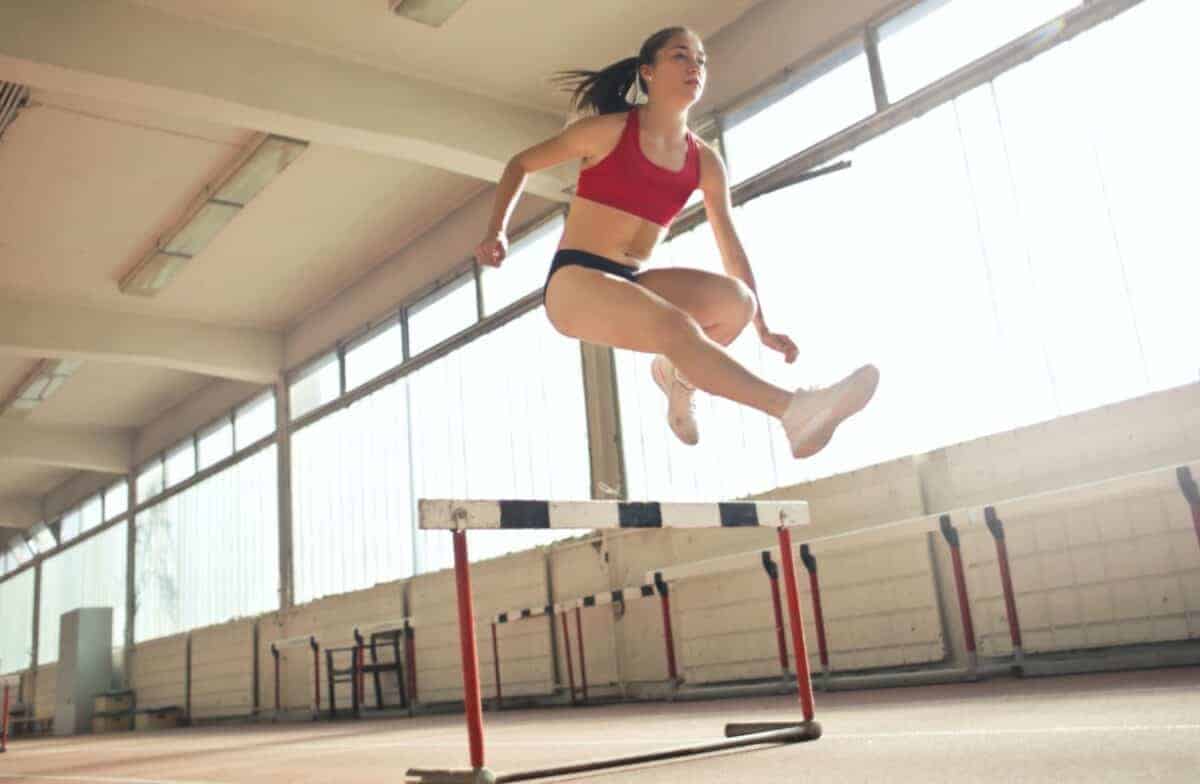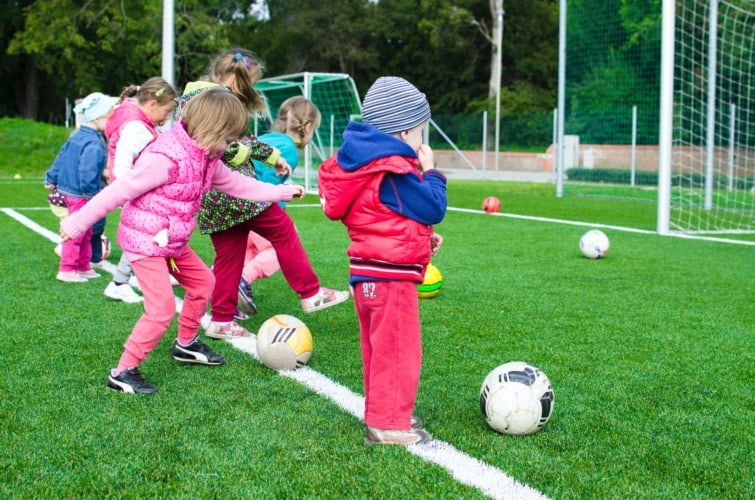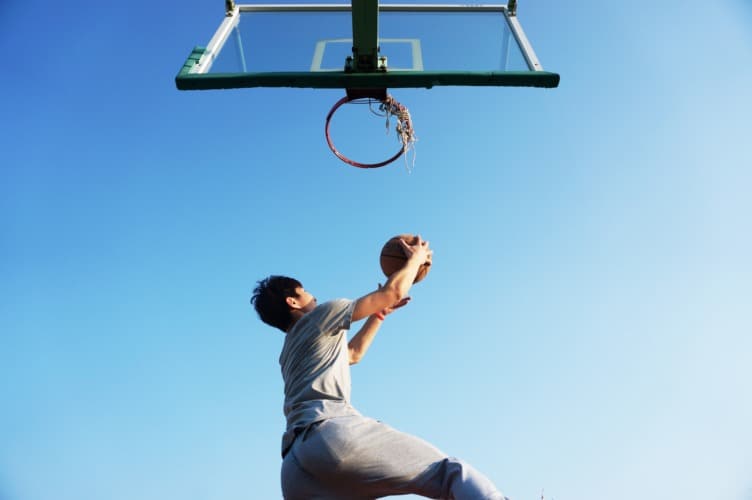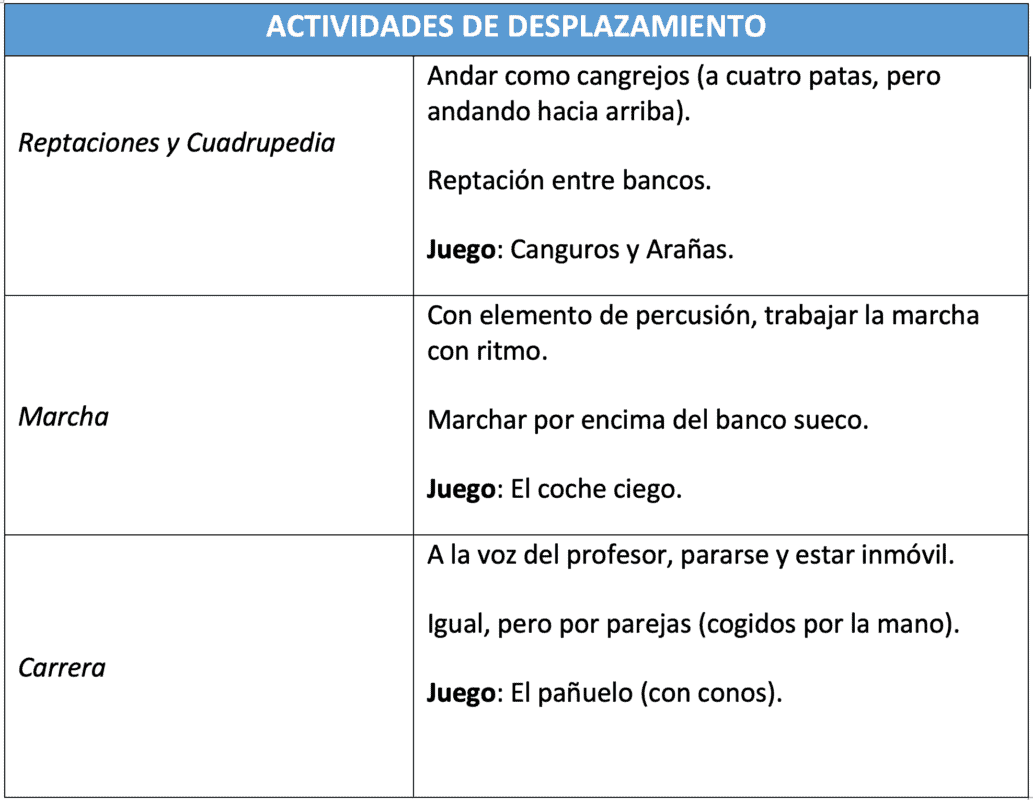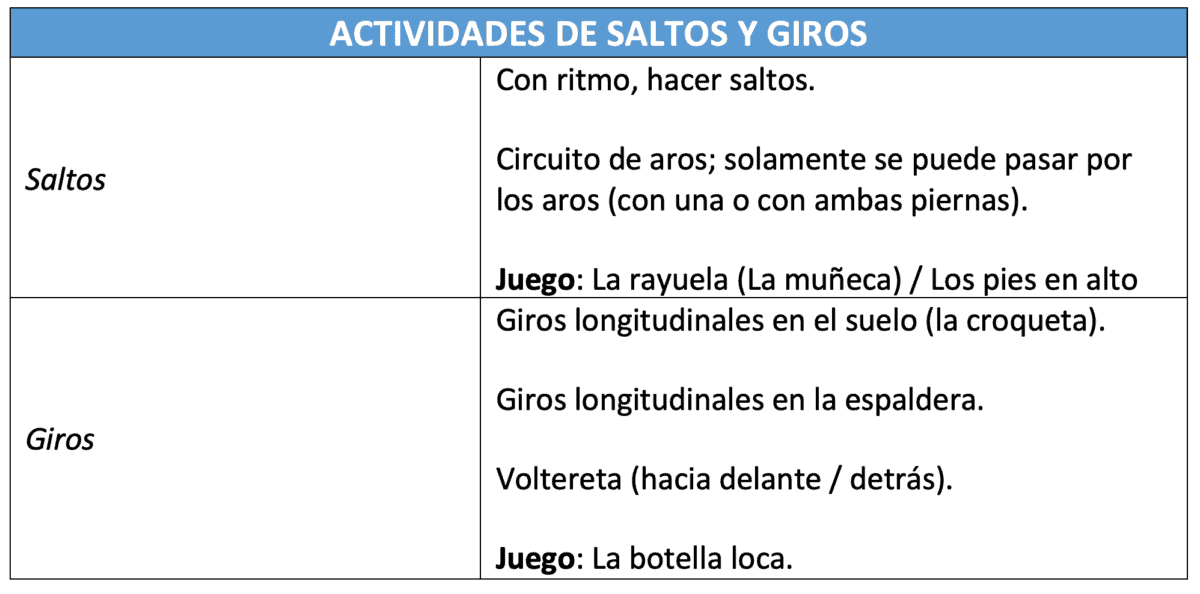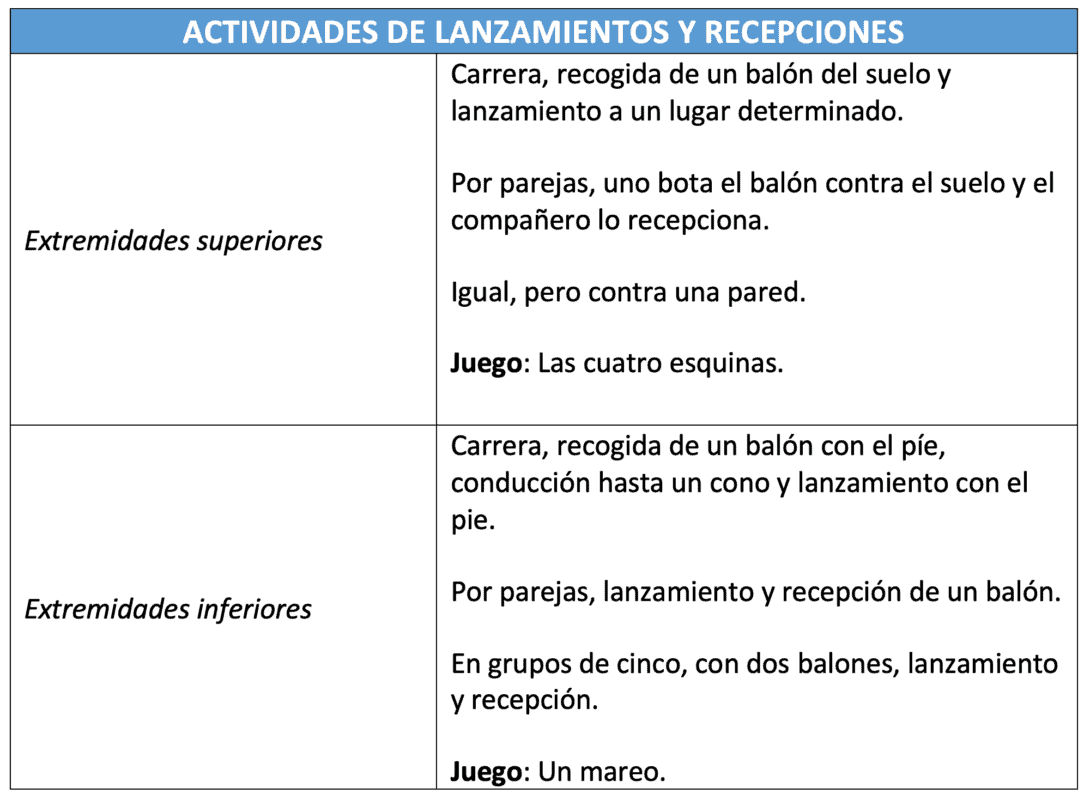In the following article, the motor skills in physical education are analyzed: divided into perceptual motor skills, basic motor skills, and specific motor skills.
Motor skills in physical education are necessary to achieve a complete motor development.
These motor skills constitute sequences of movements necessary for adequate participation in physical and sports activities and may include locomotor, manipulative, or object control aspects (1).
What are motor skills?
Types of motor skills in physical education
As mentioned earlier, within motor skills, we find a classification with three types of skills, which are classified in a progression considering their difficulty.
According to Sánchez Bañuelos: perceptual skills, basic and specific motor skills.
For teaching them, the only relevant aspect is not the application of the mentioned progression, but also knowing the mechanisms of motor execution (2):
- Perception mechanism: involves all the information that reaches the brain and relates to the possible future response. By information, we must understand the set of stimuli that the external and internal environment of the person produces at each moment.
- Decision mechanism: consists of processing the information to issue a response.
- Execution mechanism: this includes the processes of elaboration and emission of the response. Once the decision is made, the motor plan is selected based on the circumstances of each task. Finally, the response is transmitted through the spinal cord to the effector organs that execute it.
Perceptual motor skills
They develop around 4-6 years, a period that can vary depending on the characteristics of each subject, and there is a development of perceptual abilities both of the child’s own body and at the spatial and temporal level.
During this phase, indirectly, the work of balance and coordination begins, which is also fundamental to achieve complete motor and integral development.
The usual tasks developed and included in this stage or type of skill are: walking, pulling, pushing, running, and jumping, among others.
To achieve this development, exploration and discovery strategies are used, avoiding teaching the child through analytical or directive methods. For this, free or low-organization games are used.
Additionally, laterality begins to be worked on and developed, with children experimenting and exploring with different segments while discovering which lower and upper limb is dominant.
Basic motor skills
The particular characteristics that make a motor skill basic are (2):
- Being common to all individuals.
- Having facilitated/allowed human survival.
- Being the foundation of subsequent motor learning (sports or not).
This type of skills begins to develop around 7 years old and continues to develop until 9.
This stage involves the development of basic movements that require control of one’s own body and, in turn, handling objects with the body.
These basic movements can be classified as follows: displacements, jumps, turns, throws, and receptions.
Their development usually occurs through play, using the playful-competitive component in Physical Education.
As the child evolves, complexity is sought to be added to the movements to later, in the next stage, begin to make combinations of the skills acquired in this phase.
Specific motor skills
The period in which they begin to develop is around 14 years old, extending until 17.
Initially, specific skills and tasks with a playful-sporting character begin to develop, and later, those with a more utilitarian character are added.
In this phase, generic skills common to many sports are worked on, and later the initiation of specific skills for each sport and technical-tactical aspects to improve gestures and game situations.
Regardless of the skill used, remember that it will start from the basic motor skills.
It should be clear that specific motor skills are those specific to each sport, also called sports skills.
Sport at school age is not the same as school sport. But we can start from the base of Sports Initiation work from the area of Physical Education, beginning the learning journey in Primary Education and later the more complex aspects in Secondary Education (3).
Below are two examples of working on these skills from a playful approach (2):
- Goal shooting in handball: 3×3 match in reduced dimensions. Before making 3 passes, you must shoot at the goal; otherwise, possession of the ball is lost. This favors goal shooting in real game conditions.
- Passing and control in soccer: 3×3 match in reduced dimensions. To score a point, you must make 7 passes among team members.
Practical proposal of motor skills in physical education
Below is a proposal of different possibilities that can be worked on within Physical Education.
These should be adapted to the characteristics of the students and are useful for practicing in Primary Education.
They can also be part of warm-ups or as games within Secondary Education, considering adaptations to increase the level of difficulty at these ages.
Focusing on the development of basic motor skills, the following can be worked on: (4)
Considering displacement activities
Below we propose a series of games of motor skills in physical education, specifically working on displacements.
Considering different possibilities of jumps and turns
Below we propose a series of games of motor skills in physical education, specifically working on jumps and turns.
Regarding throws and receptions, the following is proposed
Below we propose a series of games of motor skills in physical education, specifically working on throws and receptions.
Conclusions
As has been said, the work and development of motor skills in Physical Education is essential during the early years of life, childhood, and adolescence.
In these phases, it is crucial to work on motor skills in Physical Education, as they are the sensitive phases of work, and these actions are the basis of any motor execution, whether easy or difficult.
Therefore, it is necessary to have a clear understanding of the stages of development of these skills as well as different game proposals to develop them.
We must know that the game has great motivational potential and helps generate a variation of activities and tasks that require students to remain active both motorically and cognitively, thus increasing their development and learning.
Bibliography
- Gallahue, D. L. and Ozmun, J. C. (2006). Understanding motor development: infants, children, adolescents, adults. 6th ed. Boston, PA: McGraw-Hill.
- Falcón, V. C., & Rivero, E. D. (2010). Motor learning. Basic motor skills: coordination and balance. Revista Lecturas: Educación Física y Deportes, 1.
- Rueda, A. (2010). Fundamentals and activities for the development of different types of motor skills in PE. Lecturas: Educación física y deportes, 15 (147).
- Franco Serrano, E. Skills, abilities, and motor tasks. Concept, classification, and analysis. Activities for their development in primary education. EFDeportes. com, 18(182).
